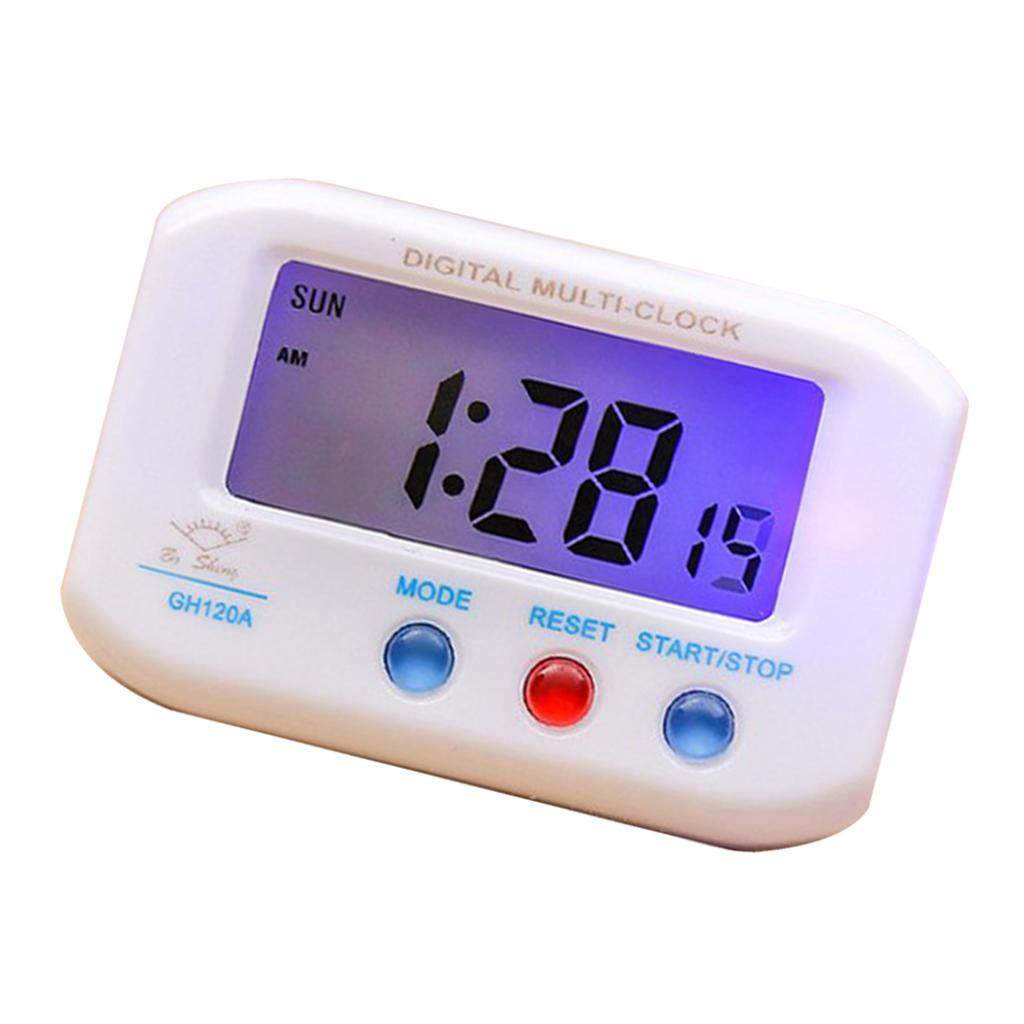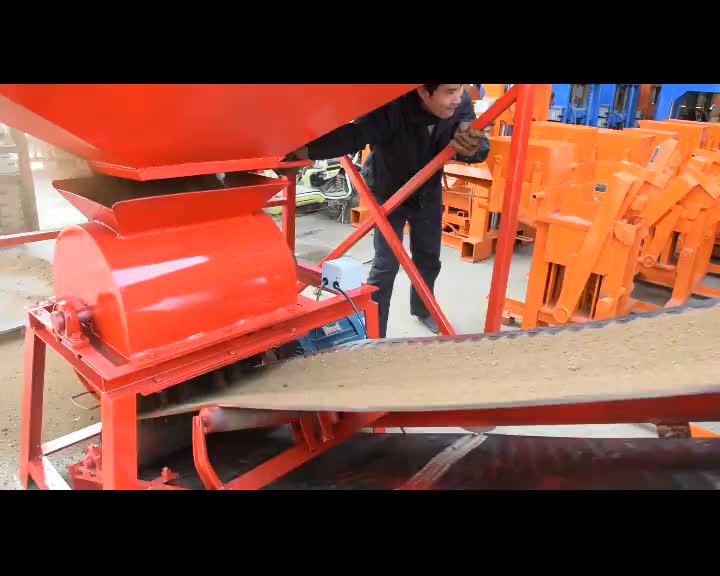
Rules for clocking in and out let employees know what they’re required to do. It’s better to review the data when people still remember what they did during the day/week. Waiting for weeks to review employee hours can make it difficult to know whether they are accurate. Review data regularlyīy reviewing worked hours and attendance data regularly, you can ensure recorded hours are accurate and spot problems such as unwanted overtime. Offering careful and regular training at the beginning of employment will make it much easier for your workforce. Not all employees can get familiar with clocking in and out right away, especially when you use a digital system. Your system should be simple enough so everyone can clock in and out within seconds. Maybe there are too many steps in the process or the tools are hard to use. If missing clock-ins happen regularly in your business, maybe it’s time to reconsider your system.

You can offer small incentives such as gift cards or funny award titles to motivate employees to clock in and out consistently. This way employees have more respect for the policy and you can avoid unwanted workplace conflicts. Follow the policy consistentlyĪfter establishing your policy for clocking in and out, follow it consistently instead of playing favorites. Disciplinary actions can be an informal talk with the supervisor, a written warning, suspension, or termination. If an employee repeatedly fails to clock in and out properly, they have to face disciplinary actions. Should they submit documentation to prove their absences or late clock-ins?.What if someone forgets to clock in/out?.

#CLOCK IN MACHINE FOR SMALL BUSINESS MANUAL#
Manual time clocks include punch cards, pen and paper, timesheet forms, spreadsheets, etc.

Types of clocking in and out systems Manual time clocks It then generates those hours into timesheets that employers can use for processing payroll. Clocking in and out doesn’t have to be complicated What is a clocking in and out system?Ī clocking in and out system records employees’ worked hours based on the time employees clock in and out of their shifts.


 0 kommentar(er)
0 kommentar(er)
